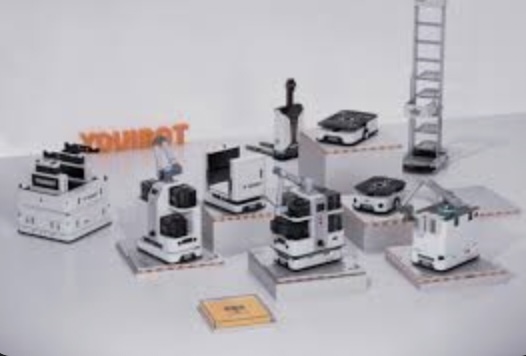Because of their precision, speed, and versatility, laser machines are becoming increasingly popular in a variety of industrial applications. laser cleaner machines have a wide range of capabilities that help firms enhance their production and efficiency, from cutting and engraving to welding and drilling. This post will go over five different types of laser machines that are often utilized in industrial applications.Let’s see the diference between 5 types of laser machines
1. CO2 Laser Machines:
One of the most common types of laser machines used in industrial applications is the CO2 laser machine. To generate a high-powered laser beam, these machines use a gas mixture of carbon dioxide, nitrogen, and helium. The laser beam is then focused on the substance that will be cut or etched. CO2 laser machines are extensively used for cutting and engraving wood, plastics, leather, and fabrics. They are also used to cut and weld metal parts in the automobile and aerospace sectors.
One of the benefits of CO2 laser machines is their great precision, allowing producers to create elaborate designs and patterns. They are also extremely efficient, with cutting speeds of up to 1000mm/s. Furthermore, CO2 laser devices are extremely inexpensive, making them an appealing option for small and medium-sized organizations.
2. Fiber Laser Machines:
Another prominent form of laser machine utilized in industrial applications is the fiber laser machine. These machines generate a high-powered laser beam using a solid-state laser source, which is commonly composed of fiber optic cable. The laser beam is then focused on the substance that will be sliced or welded.
Fiber laser machines are noted for their fast cutting speeds, with some machines capable of cutting metal plates up to 25mm thick. They are also extremely energy efficient, with low power consumption and low maintenance requirements. Fiber laser equipment are extensively used for cutting and welding metal parts in the automotive, aerospace, and medical industries.
3. YAG Laser Machines:
YAG laser machines generate a high-powered laser beam using a solid-state laser source, commonly produced from a crystal of yttrium-aluminum-garnet (YAG). The laser beam is then focused on the substance that will be sliced or welded. In the jewelry business, YAG laser equipment are extensively used for cutting and engraving precious metals such as gold and silver.
One of the benefits of YAG laser machines is their great precision, allowing producers to create elaborate designs and patterns. They’re also extremely fast, with cutting speeds of up to 200mm per second. Furthermore, YAG laser machines are extremely inexpensive, making them an appealing option for small and medium-sized jewelry enterprises.
4. UV Laser Machines:
UV laser machines produce a high-powered laser beam in the ultraviolet (UV) wavelength range using a solid-state laser source, commonly manufactured from a crystal of lithium triborate (LBO). After that, the laser beam is directed onto the material to be sliced or marked. In the electronics industry, UV laser machines are extensively used for cutting and marking materials such as glass and ceramics.
The great precision of UV laser equipment allows manufacturers to make high-quality markings and patterns on materials that are difficult to cut or mark with other laser machines. They are also very efficient, transferring very little heat to the surrounding material. UV laser machines are also quite inexpensive, making them an appealing option for small and medium-sized electronics manufacturers.
5. Excimer Laser Machines:
Excimer laser machines generate a high-powered laser beam in the ultraviolet (UV) wavelength region using a gas mixture of halogens and noble gases. After that, the laser beam is aimed at the substance to be processed. In the semiconductor sector, excimer laser devices are extensively used for etching and patterning silicon wafers.
The great precision of excimer laser equipment allows producers to generate intricate patterns and structures on silicon wafers.
afers that are highly accurate and repeatable. They are also extremely efficient, with high material removal rates and low material damage. Furthermore, excimer laser equipment may produce features as fine as a few nanometers, making them an indispensable tool in the semiconductor sector.
In conclusion, laser machines provide a wide range of features that allow manufacturers to increase productivity and efficiency. There is a laser machine for every industrial use, from CO2 laser machines for cutting and engraving to excimer laser machines for etching and patterning. Each type of laser machine has advantages and disadvantages, and producers should select the one that best meets their requirements.
Manufacturers should evaluate aspects such as the material to be processed, the needed precision and accuracy, the speed of operation, and the machine’s cost when selecting a laser machine for industrial applications. They should also examine the required maintenance, safety considerations, and the availability of technical support and spare parts.
Finally, laser machines have transformed the manufacturing business by delivering a rapid, precise, and diverse way of material processing. With the availability of several types of laser equipment, firms can easily meet their production goals by selecting the one that best suits their demands. As technology advances, we should expect more advancements in laser machines, making them an even more important tool for industrial applications.
